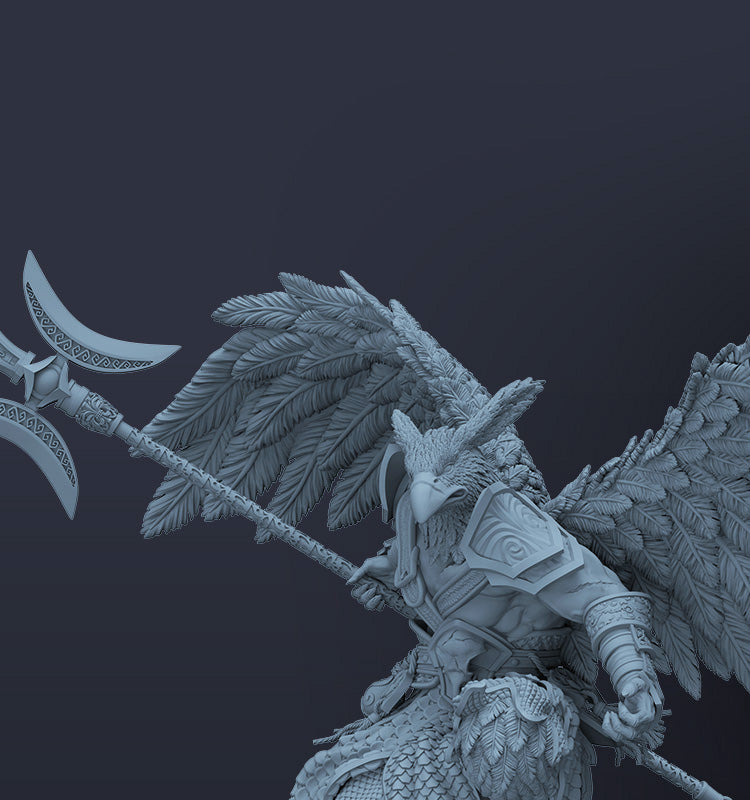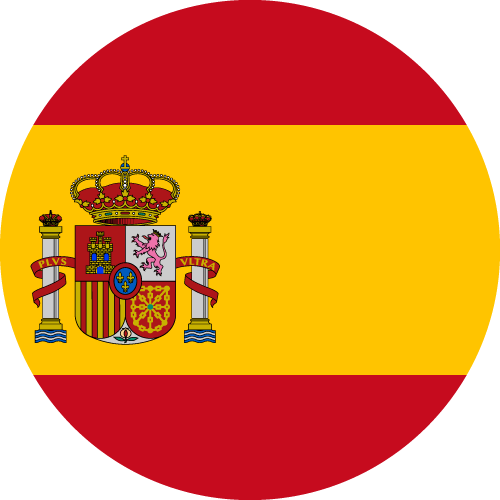Additive manufacturing builds objects by adding material layer by layer, compared to the traditional method, this way is more material-efficient and can present more precise details, while subtractive manufacturing removes material to create parts. 3D printing is undoubtedly the most discussed topic in this field, but what does FDM mean in 3d printing? What is fdm technology and how does FDM 3D printer works? Our guide will give the most concise and useful answer.

What is 3D printing?
In brief, 3D printing is an additive manufacturing that allows for rapid prototyping and direct manufacturing technology based on digital models. 3D printing requires digital models and materials, which are reduced to physical objects by 3D printers. The digital model is discrete into sheets along the Z-axis of the 3D printer, and adhesive materials such as metal, plastic powder, and liquid are sequentially stacked along Z-axis, layer by layer. Eventually turn your ideal model into a real, touchable object.
Common 3D Printing Technologies
What does FDM stand for 3D printing? There are many types of 3D printing technology. Fused deposition modeling(FDM) 3D printing is usually considered to be the most basic one, or a relatively common one. It is necessary to heat, melt and bond filamentous plastics, such as PLA, ABS, and FDM is also called fused filament fabrication(FFF).

If we divide these methods according to the material used for printing, the 3D printing molding technologies that use photosensitive resin are SLA, DLP, CLIP, and 3DP. The core principle is the polymerization of liquid resin through different photochemical reaction processes. Looking at DLP 3d printing, DLP means digital light processing. The main components of the DLP 3D printer are a lifting mechanism, liquid tank for resin, exposure module, etc. DLP 3D printing enables simultaneous exposure of each layer and has relatively fast molding and printing speeds. Compared to FDM 3D printing, the DLP printing process can be cured through layer-by-layer exposure, rendering more details, and subtle and precise changes on smaller objects, a point that is difficult to achieve with ordinary FDM printing.

FDM Manufacturing Technology
Fused Deposition Modeling: History of FDM 3D Printing
Research in the field of 3D printing can be traced back to the 1970s, Johannes F Gottwald’s patent application on Liquid Metal Recorder, a device capable of molten metal, rapid prototyping, and on-demand control, we can initially see the prototype of FDM printing. In 1981, the concept of light-curing additive manufacturing was born, and a Japanese man invented two additive methods for shaping models using light-curing. In 1982, there were patent applications for the manufacture of articles by sequential deposition. The technologies and concepts of 3D printing and additive manufacturing are constantly moving forward, being fleshed out and refined. At this point, the prototypes of the two most common 3D printing technologies have been created. After a few years of settling down, the first FDM 3D printer was introduced in 1991, by Stratasys. The following year, 1992, 3D systems invented the first SLA 3D printer (Stereolithography) and DTM manufactured the first SLS printer (Selective Laser Sintering).
Fused Deposition Modeling: How Dose FDM 3D Printing Work
On the market, there are many models of FDM machines, according to the transmission system or the kinematics in 3D printing, they can be divided into Cartesian, H-Bot/CoreXY, Delta, and SCARA. The principle is that every 3D printer is based on kinematics to control the movement of mechanical parts: the print bed and the extruder, two key core components of a 3D printer.
Different structures have their own advantages and disadvantages, each structure determines the characteristics and positioning of the designed 3D printer.
XYZ three-axis printer features: high space utilization, but slower printing speed, printing accuracy is mainly limited by the Z-axis screw, leveling is more troublesome.
Delta parallel arm features: fixed hotbed, faster printing speed, can print heavier objects, but low space utilization.
Critical Core Components of FDM Printer: Extrusion System
The extruder of a 3D printer is divided into two parts: Cold end and Hot end. The Cold end is responsible for squeezing out the print material, which is then pushed forward between the gears and the bearings. When the motor starts, it drives the gears to roll and push the material to the hot end section. When the print material reaches the Hot end, the heater on it will heat the material to melt it and finally extrudes it out of the nozzle.

There are two types of extrusion of FDM printer.
Bowden extruder (remote): general extruder and stepper motors are mounted on the machine housing or sheet metal. The nozzle is fed remotely through a Teflon tube.

Direct-drive extruder (proximity): general extruder and stepper motor is mounted on the nozzle and feeds the nozzle directly.

Critical Core Components of FDM Printer: Print Bed
What is the print bed of a 3D printer? You can recognize its characteristics through the material of the printing platform.
Spring steel PEI: PEI, also known as polyetherimide, is a non-crystalline plastic, an engineering plastic with great high-temperature resistance and dimensional stability, as well as chemical resistance, flame retardancy, and high rigidity. At the hotbed, it can effectively reduce the shrinkage of materials used for 3D printing, such as PLA and ABS, to prevent printing warpage, and the printed model is also easier to remove from the printing platform after cooling down.

Lattice glass: lattice glass is composed of chemically tempered glass and surface composite layers, and the print bed presents a microporous structure. When you print the model, the infiltrated consumables will shrink due to the microporous structure, and become easy to be extruded, achieving the model easy to take the performance of this platform.
Popular Desktop Consumer-grade FDM Options
If you are very interested in 3D printing and want to try to achieve some interesting or very meaningful ideas through FDM 3D printing, then come and pick a printer that suits you!
We recommend the Kobra Series of Anycubic because they all are equipped with the auto-leveling system. Whether for beginners or for the 3D printing process, one-button leveling is user-friendly, more accurate, and efficient.
Anycubic Kobra Go is the best budget FDM 3D printer, click for its price and more information of desktop FDM printer. In addition to the LeviQ automatic leveling system, this 3D printer is equipped with spring steel magnetic build plat and intelligent sensors to provide the best printing experience. 250x220x220mm (12.1L) printing volume and a maximum printing speed of 100mm/sec can meet the printing needs of beginners and enthusiasts, rendering high-quality models with high efficiency.

Anycubic Kobra Neo is an upgrade from the entry level. Automatic leveling, 5-modular setup, equipped with an integrated direct extruder to deliver the filament more efficiently and precisely, the black double-sided PEI-coated metal sheet on the printer is wear-resistant, less breakable, and bendable. If you are more interested in building larger models, then you can’t miss these two FDM 3D printers, the 487x433x486mm build volume Anycubic Kobra Plus, which will undoubtedly inspire more imagination and creativity.





